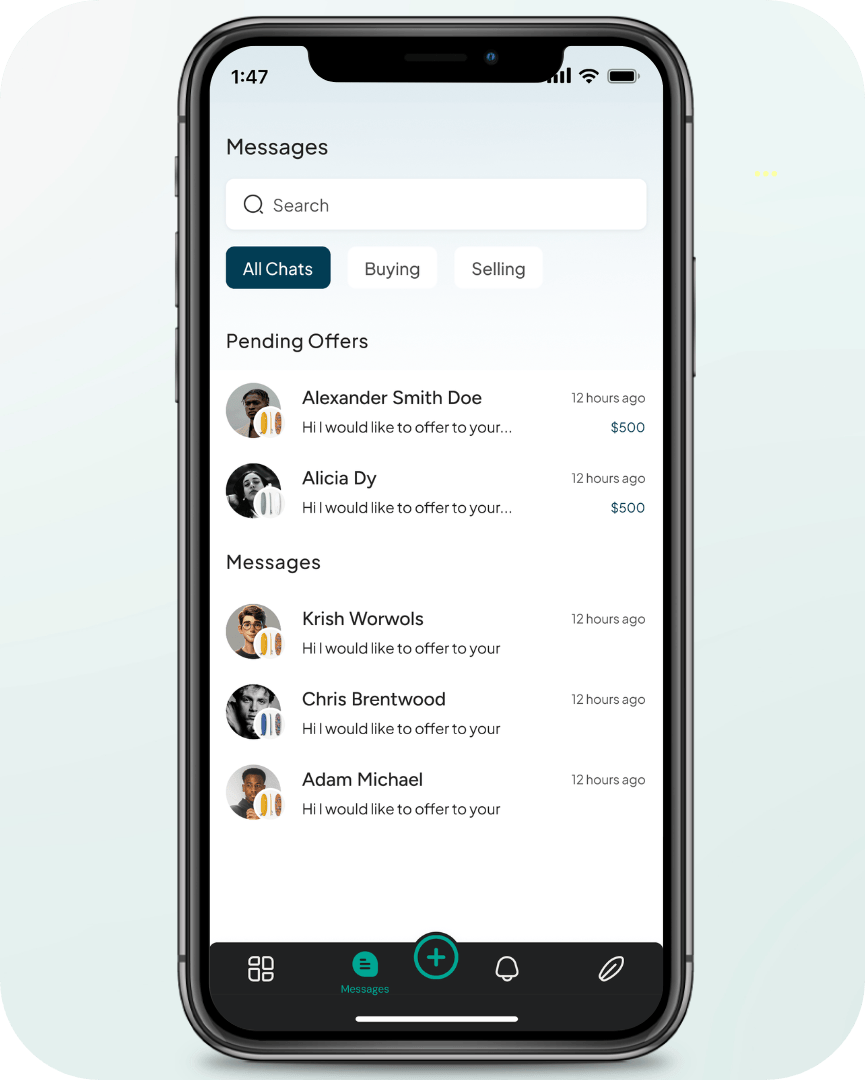Surfboard Types Explained: Find the Right Board
From shortboards built for speed and performance, to longboards made for glide and style, Junkyard Surf makes it easy to browse every type of board. Fish designs offer extra speed in smaller waves, mid-lengths give you a balance of paddle power and manoeuvrability, and soft-tops keep things safe and fun for beginners. Whatever you ride, you’ll find it here.
Shortboards · Longboards · Fish · Mid-length · Soft-tops
-
High-performance boards built for speed, power, and tight manoeuvres in good waves.
-
Classic 9’+ logs designed for glide, trim, and stylish nose riding in smaller surf.
-
Foam-covered boards ideal for beginners — safe, stable, and forgiving.
-
A hybrid between a longboard and shortboard, offering easier paddling with more manoeuvrability.
-
Short, wide, and fast with twin keels or quads — perfect for small to mid-sized waves.
-
Boards tailored for artificial wave settings, designed for consistency and performance in pool waves.
-
Retro-inspired boards with one fin, emphasizing smooth lines and flowing turns
-
Slightly longer and thicker than a shortboard, built for bigger, more powerful waves.
-
Extra-long, narrow boards designed for paddling into and holding line on serious big waves.
-
Versatile boards between 6’6”–8’0”, offering glide, stability, and manoeuvrability.
-
Scaled-down boards made specifically for kids and lighter surfers.
-
Older, collectible surfboards — prized for their history, style, or retro ride feel.
-
Item description
-
Boards with two fins that generate speed and looseness, perfect for flowy, stylish surfing.
Pick dimension, material, tail shape and fin setup, tail for your style
Length – Shorter boards (under 7’) are quick and agile but harder to paddle, while longer boards give stability and easier wave entry.
Width – Wider boards add stability and help in smaller, weaker waves. Narrower boards are faster rail-to-rail and suit steeper conditions.
Thickness – Extra thickness adds buoyancy and makes paddling easier, while thinner boards give more sensitivity and control underfoot.
Volume – More foam makes paddling and catching waves easier. Lower volume keeps the board sensitive and controlled in powerful surf.
Board Material – PU (polyurethane) provides the classic weight and flex many surfers prefer. EPS/epoxy builds are lighter, more buoyant, and often stronger, suiting a wide range of conditions.
Tail Shape – Sharper, angled tails release water quickly for a looser, snappier feel in smaller, punchier surf. Rounder tails hold water longer, giving flow and control on bigger or open-face waves. Wider tails boost stability and speed, while narrower tails increase hold and make rail-to-rail transitions easier.
Fin System – FCS and Futures are the most common removable systems. FCS uses dual tabs for quick changes, while Futures uses a single-base fin for stronger hold. Both let you swap fins to adjust performance.
Fin Setup – Thrusters offer reliable control, twins are looser and fast, quads drive speed down the line, and single fins keep it smooth and flowing.
Condition – New boards give the longest lifespan, but second-hand boards can be great value. Always check for dings, repairs, and water damage before buying.
Filters in Action
Search, message, make an offer
Map-Based Browsing
Boards for sale on an interactive map. Zoom in on your coast and connect instantly.
In-App Messaging
Chat directly with buyers, answer questions, and confirm pickup — all in one place.
Make an Offer
Send and receive offers directly through the app. Negotiate a fair price without the hassle.
Surfboard Volume Calculator
Guide only. Use this as a starting point and adjust based on boards you like to ride.
Surfboard types, dimensions & fins—quick answers
-
Junkyard Surf is a dedicated online marketplace for surfers and business to buy and sell, new and used surfboards with advanced search filters, secure transactions, and a trusted community of surfers.
-
Your board size depends on your skill level and the waves you surf. Beginners should start with more length and volume (like a funboard or longboard) for stability, while experienced surfers can size down to shortboards for agility.
-
PU (polyurethane) boards have a traditional weight and flex that feels smooth in the water. Epoxy boards are lighter, stronger, and more buoyant, making them easier to paddle and ideal for smaller waves or beginners.
-
Both are widely used. FCS fins are quick to swap with dual-tab plugs, while Futures use a single-base fin that locks in more securely. Performance differences are small — most surfers choose based on what their board is set up with.
-
It depends on the waves you surf. Squash and square tails are versatile all-rounders. Round tails add control in bigger surf. Swallow and fish tails are looser and fun in smaller waves. Pin tails hold best in steep, powerful conditions.
-
New boards last longer but cost more. Second-hand boards can be great value, especially for beginners or surfers who want a backup board. Just inspect the condition carefully before buying.
-
Download Junkyard Surf Today
Other marketplaces weren’t built for surfers. We are!
Junkyard Surf makes it easy to find the right board, connect with local shops and shapers, and keep boards in the water longer.
Free to download. No sign-up required to browse.







